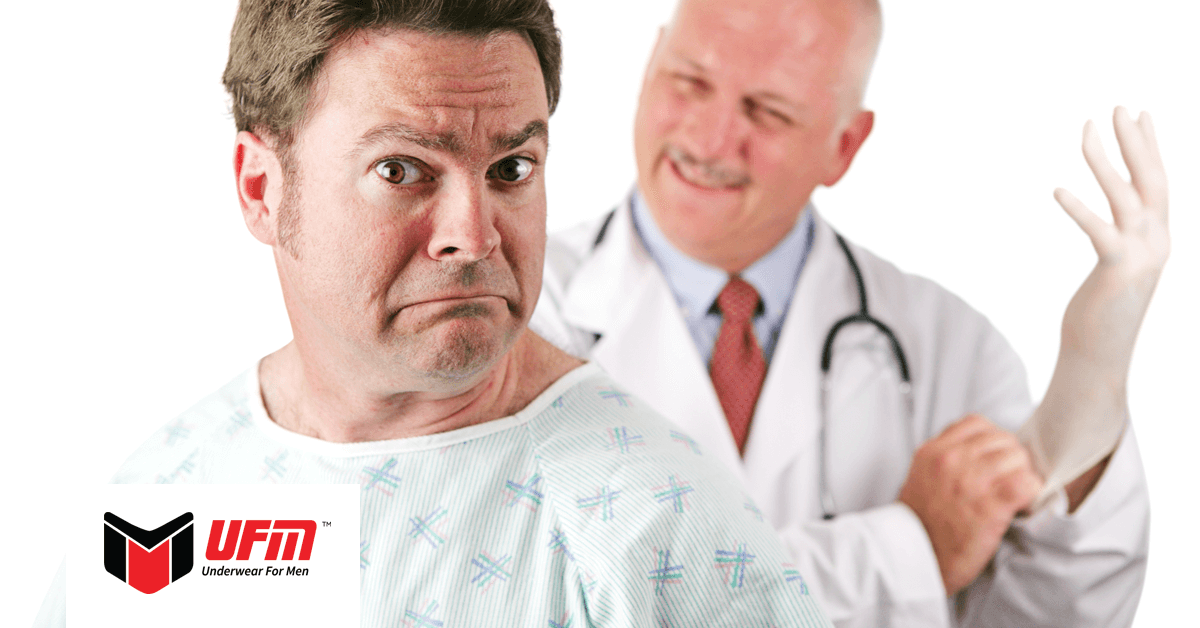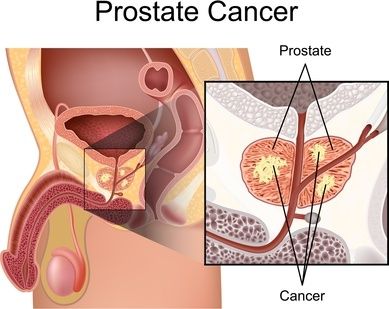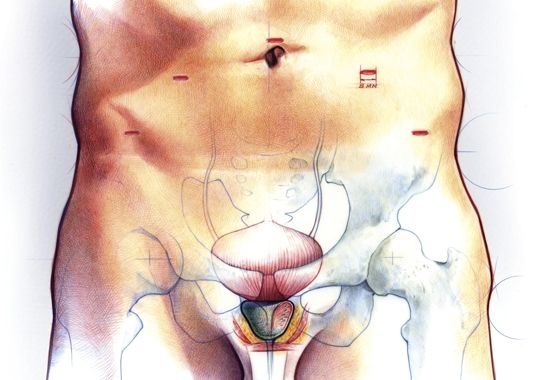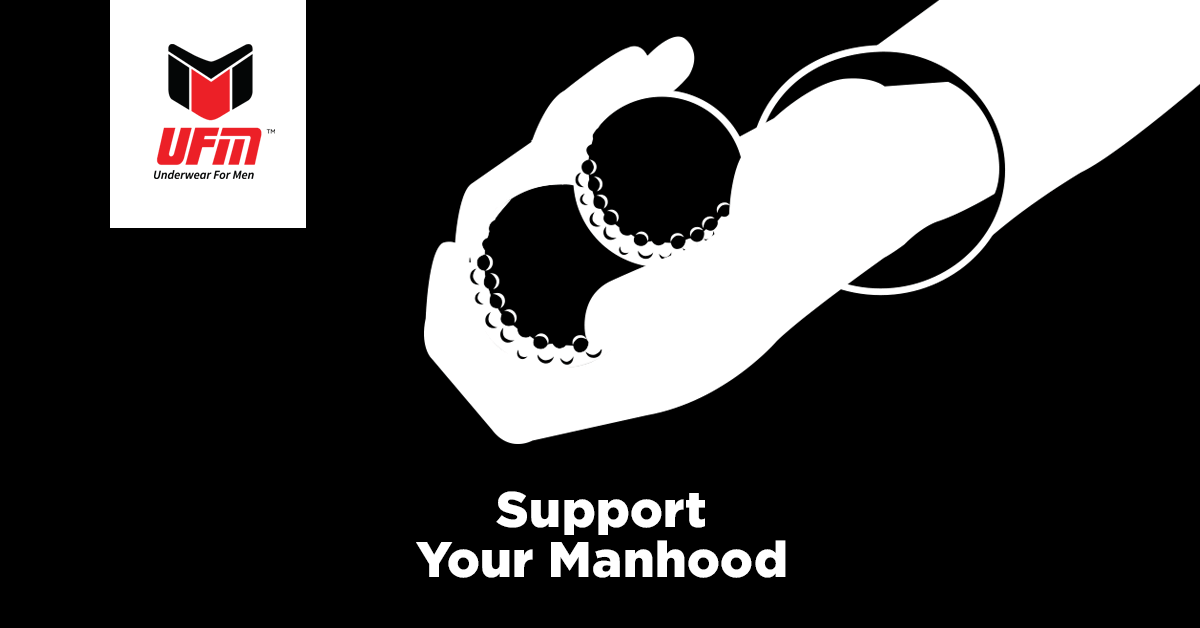Incontinence and impotence are two evil twins of prostate cancer and its consequence. While impotence can foment deep somber, incontinence is more primal problem; only babies and toddlers are supposed to wet themselves. Beyond those ages, it become a hushed subject, an object of shame or a bad jokes. UFM provides incontinence underwear for men that help to manage his situation. As the prostate become enlarged it interferes with the proper functioning of the urinary tract, and that is how the prostate contribute to men's consistency.
What Is Prostate Cancer?
Prostate is a part of the man's reproductive hormone, size of the prostate gland is like a walnut and it is located in front of the rectum and just below the bladder. The prostate makes a milk like fluid (semen) in the man's body that carries sperm. It surrounds by a tube known as 'urethra' which hoist urine and sperm through the penis and out of the body.
Prostate cancer develops when abnormal cells in the prostate gland breed more quickly than in a normal prostate and forming a noxious tumor. Most prostate cancer sprout slower than the other types of cancer. Some prostate cancer even escalate in other parts of the body such as the bladder, bones and lymph nodes. These types of prostate is called advanced prostate cancer.
The Symptoms
Early prostate cancer rarely cause symptoms, this is because the cancer usually grows in the outer part of the gland and is not large enough to put the pressure on the urethra. If the cancer germinate and proliferate beyond the prostate, it may cause;
- pain and burning when urinating
- increased frequency and difficulty in urinating
- blood in the urine and semen
- pain in the lower back, hip and upper thighs
- weight loss
if you are concerned or experiencing any of these symptoms, it is better to consult a doctor.
Surgical Method
Surgery is the common choice to try to cure prostate cancer, if you do not want to sprout out from the gland.
Radical Prostatectomy
A radical prostatectomy is a surgical procedure that removes the prostate gland as well as the seminal vesicles and lymph node that are attached to it. It is a major operation, the surgeon makes a skin laceration in your abdomen, from the belly button to the pubic bone so that they can remove the prostate and nearby tissue. This type of surgery, sometimes referred to as an open approach, is now being done less often than in the past.
Laparoscopic Prostatectomy
In Laparoscopic surgery surgeons use a special type ofsurgical instrument to remove the prostate cancer, with the help of this doctors can easily see inside the abdomen with a special camera or scope. Traditionally surgery requires a long laceration down the center of the abdomen and a lengthy recovery period. Laparoscopic surgery eliminate the need for this large incision and provide fast recovery, less pain and less risk of infection.
Perineal Surgery
In this procedure, the prostate is removed through an laceration in the skin between the scrotum and anus. The lymph node cannot be removed through this incision, if the lymph node need to be examine, removal can be done through a small abdominal laceration or by a Laparoscopic procedure.
Side Effects After Surgery
Removal of prostate can cause;
Erection Problem or impotency
- Leakage Of Urine
Erection Problem Or Impotency
The inability to achieve or maintain erection known as impotency, it is a major side effect that one face after the prostate surgery. About 90% of men will experience impotence whose testicles have been removed during surgery known as orchiectomy. So it is better to discuss it with your doctor before you have treatment that may result in impotence.
Leakage Of Urine
The inability to control the urine flow is called incontinence, it is the common side effect that one can face after the prostate surgery. The operation can damage the sphincter muscles which can make it difficult for the patient to control over his bladder. Doctors generally recommend jockstrap for some gentle support to the testicles. UFM provides an affluent testicles support underwear that equip with better support and comfort.
Follow-Up With Your Doctor
After the surgery, doctors advises you for frequent visit to the hospital, so that they can assure that your recovery and return of urinary consistency is occurring normally. The frequency of doctor visits and serum prostate specific antigen (PSA) test will be determined based on the risk of cancer recurrence.
Do not be embarrassed by urinary leakage after the prostate cancer treatment, learn properly how to manage it to give you the most comfort during the healing process. Some doctors also recommend for the underwear that US patented and Intl patents pending drawstring support system, UFM provide a wide range of underwear that are not only support your testicles but also provide full comfort.








